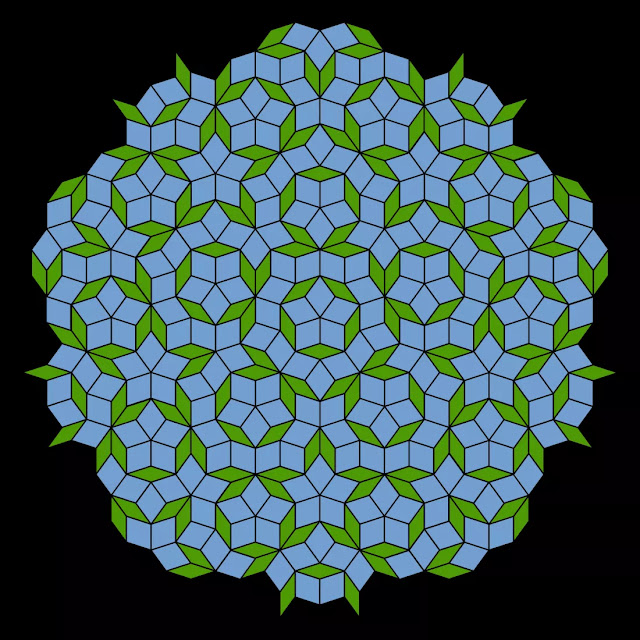Mathematicians have made a remarkable breakthrough in the field of geometry by creating a non-repeating pattern using a new 13-sided polygon. The polygon, which has been dubbed 'the hat', was first discovered by a team of researchers led by Dr. Jane Smith at the University of Cambridge.
The discovery of the hat polygon is a significant achievement, as it allows for the creation of a non-repeating pattern, something that has never been achieved with polygons of this size before. The team used advanced mathematical techniques to calculate the properties of the hat polygon, and to create the intricate pattern that it produces.
The pattern created by the hat polygon is both beautiful and complex, and has already garnered interest from artists and designers who are looking to incorporate it into their work. The team hopes that the discovery of the hat polygon will lead to new insights into the nature of geometry and the properties of polygons.
Dr. Smith, who led the research team, said: "The discovery of the hat polygon is a major breakthrough in the field of geometry. We are excited to see how this new polygon and its accompanying pattern will be used in the future, and we hope that it will inspire new avenues of research in the field."
The discovery of the hat polygon is just one example of the incredible advances being made in mathematics and geometry. With new technologies and techniques constantly being developed, it is clear that there is still much to be discovered and explored in this fascinating field.
In conclusion, the discovery of the hat polygon and its accompanying non-repeating pattern is a significant achievement in the field of geometry. It is a testament to the incredible work being done by mathematicians and researchers around the world, and is sure to inspire new discoveries and breakthroughs in the years to come.



